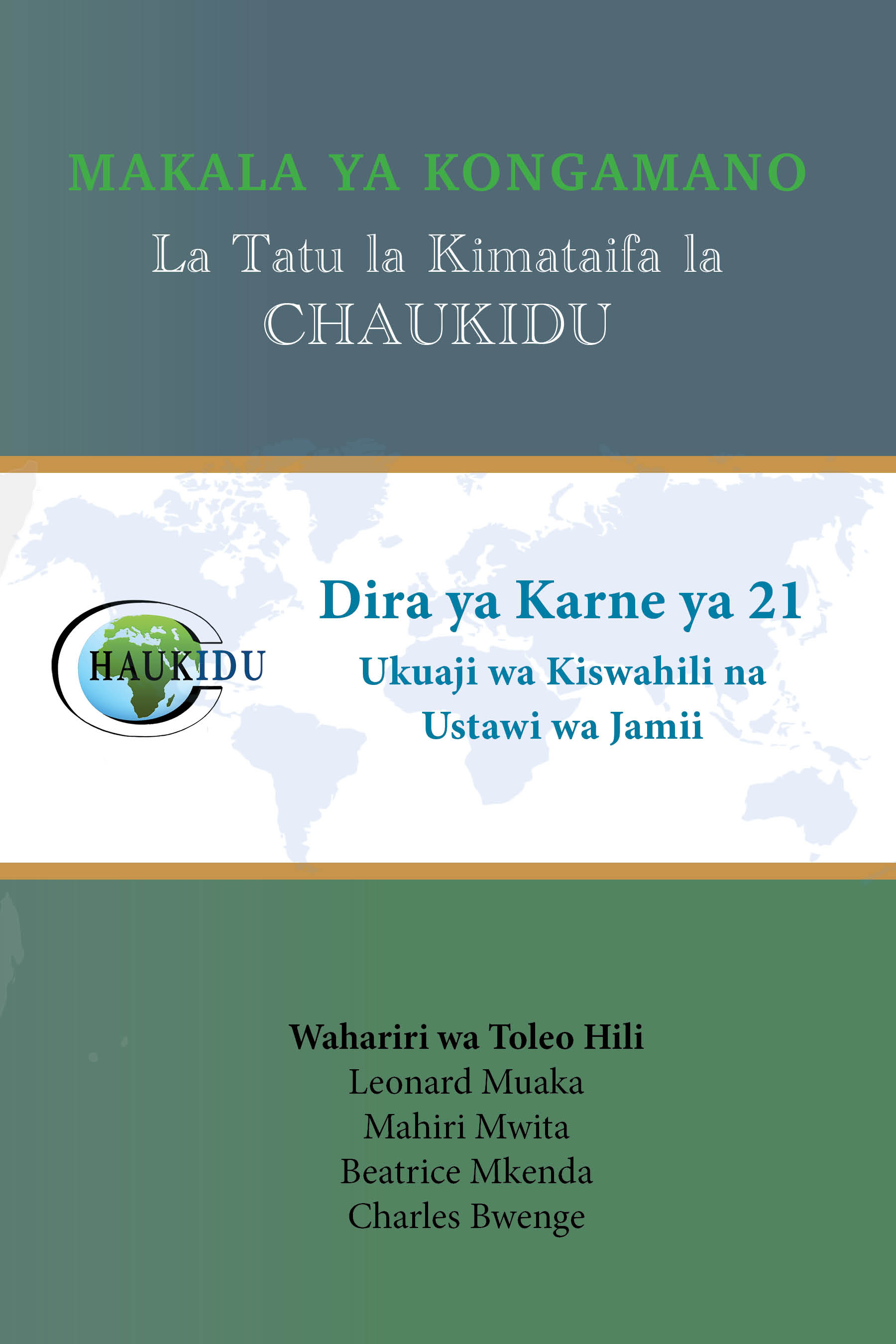MITAZAMO YA LUGHA NA ELIMU KATIKA JAMII ZA AFRIKA MASHARIKI
DOI:
https://doi.org/10.2023/hf8v8k13Abstract
Nchi nyingi za Afrika Mashariki na barani Afrika zimejaliwa kuwa na idadi kubwa za lugha. Ni jambo la kawaida kukuta lugha zaidi ya mia moja zinazozungumzwa katika nchi moja pekee. Hali hii imeleta utata na hata kusababisha baadhi ya lugha kukosa wasemaji (Brock-Utne na wenzie, 2010). Kiswahili, lugha ya taifa nchini Kenya na Tanzania ni mojawapo ya lugha zinazokabiliwa na utata mkubwa hasa kuhusu matumizi yake kama lugha ya kufundishia au kufundishwa katika mifumo ya elimu. Huku wadau wengi wa lugha wakihimiza matumizi ya lugha itakayomwezesha mwanafunzi kujifunza na kuyaelewa mazingira yake, bado kuna athari kubwa katika kukabiliana na ulimwengu wa utandawazi. Makala haya yanakusudia kuchambua kwa undani zaidi mitazamo ya lugha katika Afrika ya Mashariki (nchi za Kenya na Tanzania) na kulinganua mitazamo ya lugha na umuhimu wake katika kupiga vita dhidi ya kasumba ya kikoloni na utumwa wa Kiingereza. Ingawa tafiti nyingi zimeeleza zaidi kuhusu sera za lugha katika nchi hizi, makala haya yanatoa hoja kuwa mitazamo ya lugha imeathiriwa sana na sera hizo za lugha na zaidi pia mambo mengine kama ubeberu wa kiisimu na utandawazi. Hivyo basi, tutachunguza jinsi makala na tafiti mbalimbali katika nchi hizi mbili, zilivyozungumzia masuala haya tangu wakati wa ukoloni hadi miaka ya karibuni na iwapo kumekuwa na mabadiliko yoyote.
Downloads
Published
Issue
Section
License
Copyright (c) 2025 JARIDA LA CHAUKIDU

This work is licensed under a Creative Commons Attribution-NonCommercial 4.0 International License.
License Terms Under CC Attribution-NonCommercial 4.0 (CC BY-NC 4.0)
1. Scope of Use
- Readers who purchase access to the journal articles are permitted to:
- Read: Access and view the content for personal use.
- Share: Share the purchased article in limited, non-commercial ways (e.g., with colleagues for educational or research purposes).
- Adapt: Create derivative works (e.g., summaries or adaptations) for non-commercial purposes.
2. Conditions of Use
- Attribution:
- Proper credit must be given to the author(s) and the journal when sharing or adapting content.
- Attribution must include the author(s)’ names, the article title, journal name, volume/issue, and a link to the journal or article DOI.
- Changes made to the work must be clearly indicated and properly attributed.
- NonCommercial:
- Articles may not be used for commercial purposes, including but not limited to resale, redistribution for financial gain, or inclusion in commercial products or services.
- Institutional use (e.g., for training or workshops) must comply with non-commercial terms unless explicit permission is granted by the journal.
3. Access and Sharing Restrictions
- Paid Access: Access to the journal articles is limited to subscribers or individuals who purchase the articles. Unauthorized distribution or sharing of the full article is prohibited.
- No Additional Restrictions: Readers may not apply further legal or technical restrictions that limit others from using the content as allowed by this license.
4. Prohibited Uses
- Articles may not be:
- Distributed on commercial platforms without explicit permission.
- Used in any activity that generates direct or indirect monetary profit (e.g., as part of paid courses or events) without prior approval from the journal.
- Modified for purposes that could misrepresent the original intent of the work.
5. Disclaimer
- The content is provided “as is,” without any guarantees or warranties from the authors or the journal.
- Neither the authors nor the journal accept liability for any claims, damages, or issues arising from the use of the article.
6. Additional Notes
- For Readers: Purchased content is for personal, educational, or research use only, subject to the non-commercial and attribution conditions.
- For Institutions: Institutions purchasing bulk access or subscriptions must ensure that access is limited to registered users and complies with non-commercial use conditions.
For the full legal text of the CC BY-NC 4.0 license, visit:
https://creativecommons.org/licenses/by-nc/4.0/legalcode

